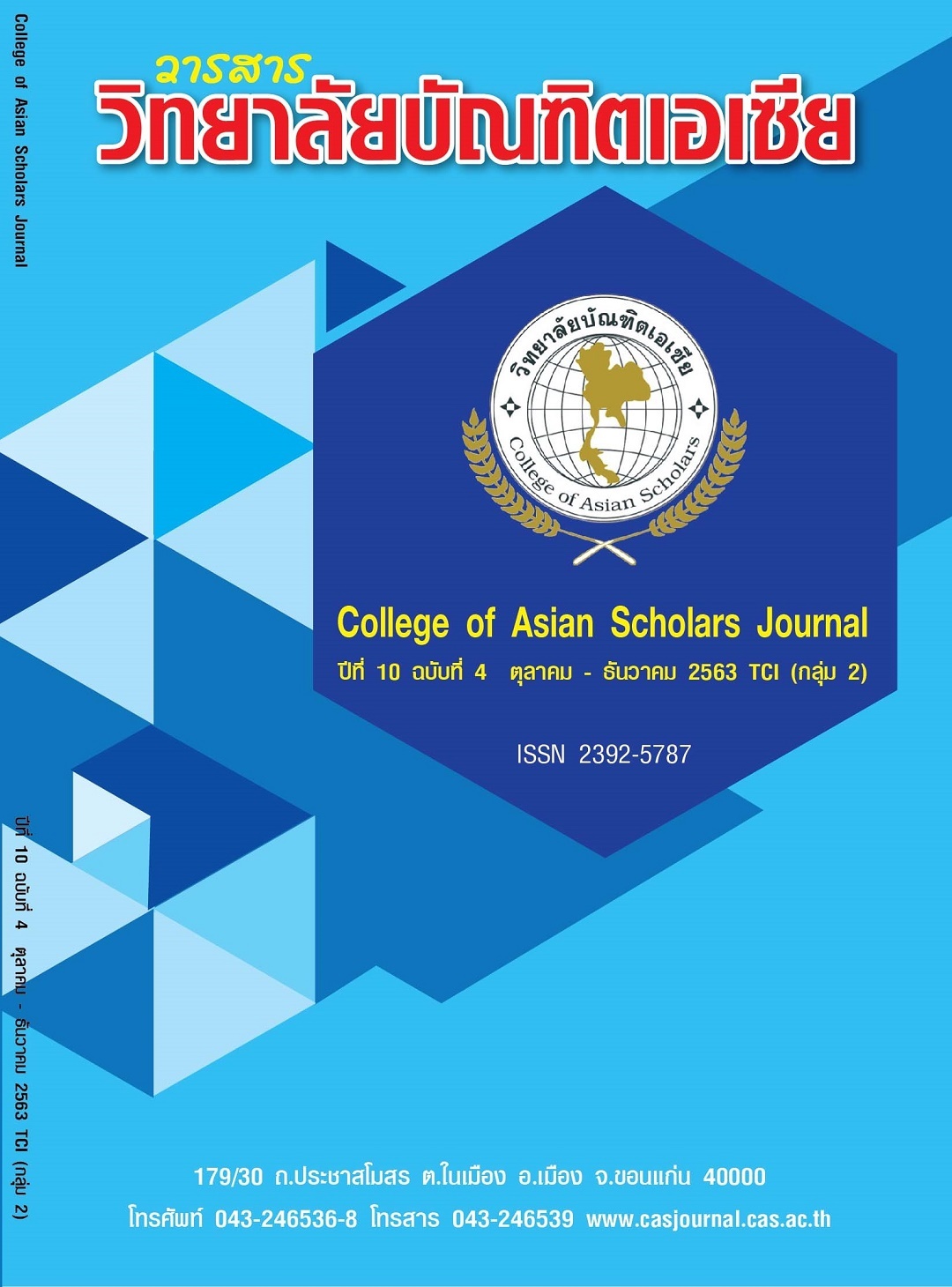ไฟล์ ดาวน์โหลด |
1613382427-13-HS001-T(121-128).pdf |
|||||||||
|
ชื่อผู้วิจัย พิเชษฎ์ จุลรอด
|
|||||||||
| บทคัดย่อ ภาษาไทย | ข่าวปลอม (Fake News) มีจำนวนเพิ่มมากขึ้นบนสื่อสังคมออนไลน์โดยข่าวปลอมดังกล่าวมีผลทำให้ทัศนคติและการตัดสินใจในเรื่องใดเรื่องหนึ่งมีผลกระทบรุนแรงต่อการอยู่ร่วมกันในสังคม โดยพื้นฐานของข่าวปลอมจะเน้นเนื้อหาที่ตื่นเต้นและกระตุ้นอารมณ์ของผู้บริโภคจึงทำให้เกิดการแพร่กระจายได้ง่ายและรวดเร็วกว่าข่าวจริง ในการตรวจสอบหาต้นตอและแหล่งข่าวเพื่อระบุว่าเป็นข่าวจริงหรือปลอมนั้นจำเป็นต้องใช้เวลาในการค้นหา การใช้โมเดลในการทำนายข่าวปลอมจากสื่อสังคมออนไลน์ด้วยเทคนิคการทำเหมืองข้อมูลนั้นจึงเป็นแนวทางในการช่วยไม่ให้ข่าวปลอมแพร่กระจายเป็นวงกว้าง และสามารถใช้เพื่อการกระตุ้นในการยับยั้งการเผยแพร่ต่อของข่าวได้ งานวิจัยเรื่องนี้มีแนวคิดเพื่อค้นหาคุณสมบัติที่สำคัญของของข่าวปลอม และเปรียบเทียบโมเดลการทำนายของข่าวปลอม ด้วยเทคนิคการทำเหมืองข้อมูล ซึ่งหาความถูกต้องของการทำนายด้วยการใช้วิธีโครงข่ายประสาทเทียมโดยใช้อัลกอริทึมชนิดเพอร์เซปตรอนแบบหลายชั้น (Neuron Network) วิธีต้นไม้ตัดสินใจ (Decision tree) วิธีความใกล้เคียงกันมากที่สุด (K-Nearest Neighbors) และ วิธีนาอีฟเบย์ (Naïve Bays) โดยการวัดค่าความถูกต้อง (Accuracy) ค่าความคลาดเคลื่อนสัมบูรณ์เฉลี่ย (MAE) และค่าความคลาดเคลื่อนกำลังสองเฉลี่ย (MSE) จากการวิจัยพบว่า วิธีที่ดีที่สุดคือวิธีโครงข่ายประสาทเทียม ซึ่งมีค่าความถูกต้องเท่ากับ 95.78% ค่าความคลาดเคลื่อนสัมบูรณ์เฉลี่ยเท่ากับ 0.2011 และค่าความคลาดเคลื่อนกำลังสองเท่ากับ 0.1915 วิธีที่ได้ผลลัพธ์ดีเป็นอันดับสองคือวิธีความใกล้เคียงมากที่สุดมีค่าความถูกต้องเท่ากับ 90.51% ค่าความคลาดเคลื่อนสัมบูรณ์เฉลี่ยเท่ากับ 0.2051 และค่าความคลาดเคลื่อนกำลังสองเท่ากับ 0.2315 ตามลำดับ งานวิจัยนี้สามารถนำไปเป็นต้นแบบเพื่อสร้างระบบตรวจสอบการตรวจหาข่าวปลอมด้วยระบบอัตโนมัติต่อไปได้ | |||||||||
| คำสำคัญ | ||||||||||
| บทคัดย่อ ภาษาอังกฤษ | Fake news is on the rise on social media, with fake news are influencing attitudes and decisions on any matter to have a serious impact on social coexistence. The base of fake news focus on content that excites and stimulates the consumer's emotions, so it spreads more easily and faster than real news. Verification the informed source of the news to determine whether it is real or fake news takes time to find. Using a model to predict fake news from social media through data mining techniques is a way to help prevent the spread of fake news. Also can be used to stimulate the dissemination of news. This research focuses on the essential properties of fake news and compare the prediction models of fake news with data mining techniques, as well as find the correctness of classification by using perceptron algorithm of Neuron Network, Decision tree method, the K-Nearest Neighbors and Naïve Bays method. The measurement using the accuracy, the mean absolute error (MAE) and the mean square error (MSE). The results from the efficiency of predicting, the method of classifying information of four algorithms found signifies the competitive accuracy degrees of neuron network is 95.78%, the MAE is 0.2011 and the MSE is 0.1915. However, the second proficiently accuracy, MAE and MSE of the K-Nearest Neighbors is 90.51%, 0.2051, 0.2315 respectively. This research could be used as a prototype for the further construction of an automated fake news detection system. Fake news is on the rise on social media, with fake news are influencing attitudes and decisions on any matter to have a serious impact on social coexistence. The base of fake news focus on content that excites and stimulates the consumer's emotions, so it spreads more easily and faster than real news. Verification the informed source of the news to determine whether it is real or fake news takes time to find. Using a model to predict fake news from social media through data mining techniques is a way to help prevent the spread of fake news. Also can be used to stimulate the dissemination of news. This research focuses on the essential properties of fake news and compare the prediction models of fake news with data mining techniques, as well as find the correctness of classification by using perceptron algorithm of Neuron Network, Decision tree method, the K-Nearest Neighbors and Naïve Bays method. The measurement using the accuracy, the mean absolute error (MAE) and the mean square error (MSE). The results from the efficiency of predicting, the method of classifying information of four algorithms found signifies the competitive accuracy degrees of neuron network is 95.78%, the MAE is 0.2011 and the MSE is 0.1915. However, the second proficiently accuracy, MAE and MSE of the K-Nearest Neighbors is 90.51%, 0.2051, 0.2315 respectively. This research could be used as a prototype for the further construction of an automated fake news detection system.
|
|||||||||
| Keyword | Social Media, Fake News, Neuron Network, Decision tree, K-Nearest Neighbors, Naïve Bays. | |||||||||
พิเชษฎ์ จุลรอด
1 บทความ| ชื่อ - สกุล | วารสาร | ไฟล์ |
หน้า |
|
|---|---|---|---|---|

|
พิเชษฎ์ จุลรอด CAS1024 |
การใช้โมเดลการทำนายข่าวปลอมจากสื่อสังคมออนไลน์ด้วยเทคนิคการทำเหมืองข้อมูล |

1.jpg)
1.jpg)
.1.jpg)
.1.jpg)